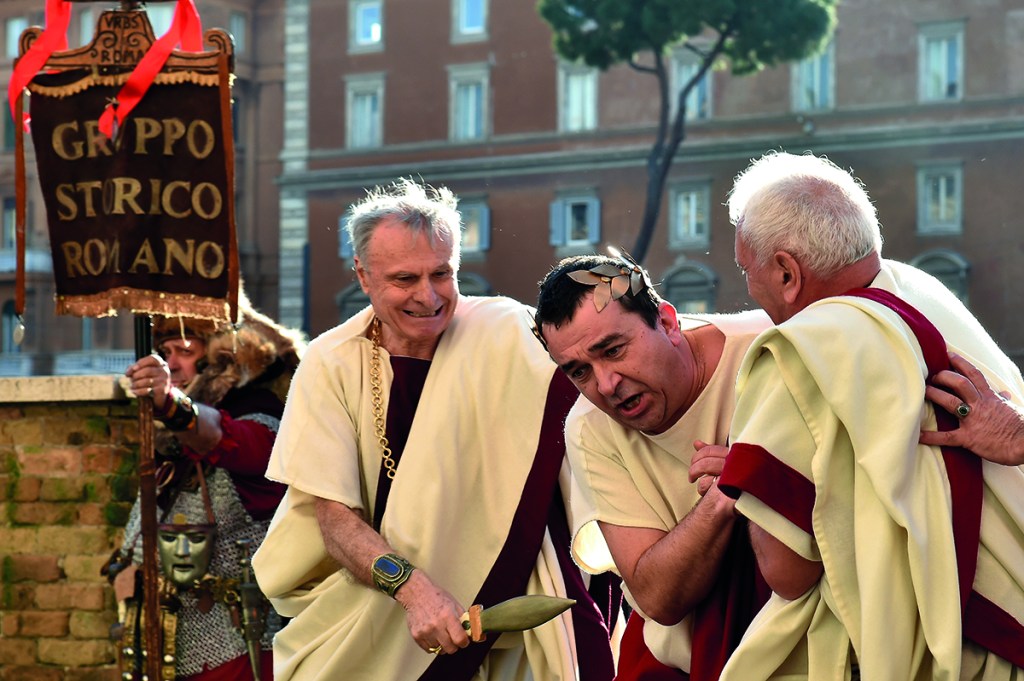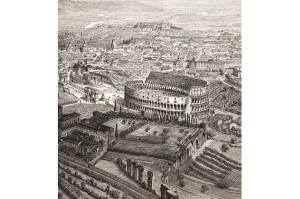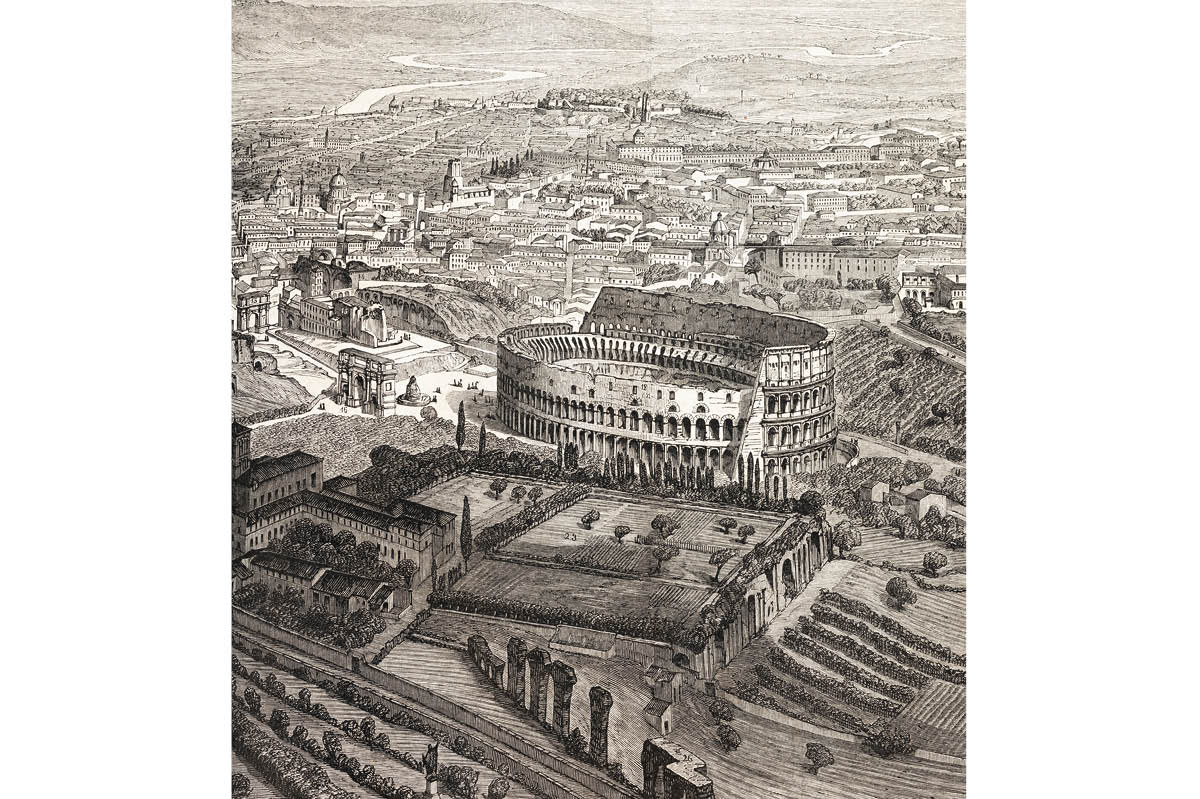It’s not as if Julius Caesar wasn’t warned about the Ides of March. Somebody thrusted a written prediction of the assassination at him as he marched to the Senate on the fateful day. Alas for Julius, as Peter Stothard notes in this gripping, gorgeously written new account of the killing and its consequences, the dictator stuffed it away, unread, into the folds of his toga. Secreted in the folds of his colleagues’ togas were the daggers that would shortly destroy him.
The major themes of Roman (and therefore European) history are here writ large: tyranny versus freedom; politics versus self-preservation. We are at a crossroads in time when, if this one event had happened differently, everything might have changed. Stothard explores the familiar ground with fresh, engaging and learned eyes, displaying a novelist’s knack for redolent and evocative detail, from cicadas and lizards to the press and horror of battle.
Caesar was a tyrant, or near enough: he had a golden throne and his own priest, and he was even offered a crown — which, of course, he magnanimously refused. But did he do so because he really didn’t want to be a king, or because he was testing the crowd? His powers as dictator for life were extensive. The Romans, or at least a large section of the aristocrats, were anti-monarchical: ‘they had booted out their kings, the Tarquins, hundreds of years earlier, and they wouldn’t stand for such quasi-regal shenanigans now’.
The conspirators longed for the ideals of the Roman republic, where each arm of power was constrained. At first, they communicated in code, discussing the Epicurean philosopher Lucretius on power and liberty: it was much safer to talk at tangents. Stothard is excellent on the machinations and the murmurings that recruited the killers (including a somewhat dubious Cicero, who wouldn’t do the bloody deed himself but was quite happy to hang about outside while it was happening). Potential members of the group were tested, quietly, in the dark. The excitement and danger of the times are cleverly limned.
The assassination itself would have been a confused scene — knives and daggers flashing, unsure of their targets, perhaps even striking the wrong people. Stothard smoothly outlines the resulting chaos with some startling images: a wax effigy of Caesar’s body was displayed among the throng, turning on a spit, ‘so people could see his wounds’; beneath it, an actor lay concealed, intoning the names of the assassins.
That day, nobody was entirely clear whether the conspirators would be celebrated or hounded. In the background loomed Mark Antony, a great supporter of Caesar, and also his ruthless great-nephew, Octavian, the emperor-in-making, as yet an unknown quantity. The battle lines were discreetly being drawn up; the prize, the riches of Rome.
Stothard’s focus is on the dozen or so killers who thronged the Senate that day, and specifically the little known Cassius Parmensis, a poet and sailor. At first, Octavian seemed as if he would pardon Caesar’s murderers; soon, as he gathered power, he embarked on a path of vengeance, and passed a law, the Lex Pedia, which ended the amnesty and mandated their deaths. Most had already fled; the famous Brutus was massing armies in the east. Quickly, for an assassin, the line between murderer and murdered became distinctly blurry. Rome became ‘a city of disembodied heads’.
There is a scarcity of biographical detail about the conspirators, and many of them are simply names, but Stothard weaves wonders from threads. One by one, they are picked off: dying in battle, tortured, slain.
The last survivor, Parmensis, holed up in Athens writing plays. One of them was a version of Thyestes, which tells the vengeful story of the murderous House of Atreus, and Stothard skillfully draws out the fractious relationship between poetry and power.
In a haunting moment, Parmensis, wracked by fear, dreams of a giant entering his house at night. The giant symbolizes Octavian, who, in Parmensis’s eyes, was no descendent of Venus, but ‘the grandson of a baker and a money lender, a man with hands still dirty from shortchanging his customers’. Because, really, this is the story of how Gaius Octavian Thurinus, an obscure, teenage great-nephew of Gaius Julius Caesar, clawed his way to the top, became Gaius Julius Caesar Octavianus Augustus, and stayed there, the first emperor of Rome.
Ultimately, as Stothard points out, this was an assassination that ‘failed to change the world’. One brand of tyranny resembles another. Would a world under Julius Caesar have been that much different from the one that formed under Augustus? We can never know. This book reminds us powerfully of the supreme importance of individual freedom against an overweening state; of being able to speak truth to those in authority. If the actions of the conspirators did not have the desired outcome, at least their cause was noble, and one that resonates widely today.
This article was originally published in The Spectator’s November 2020 US edition.

























